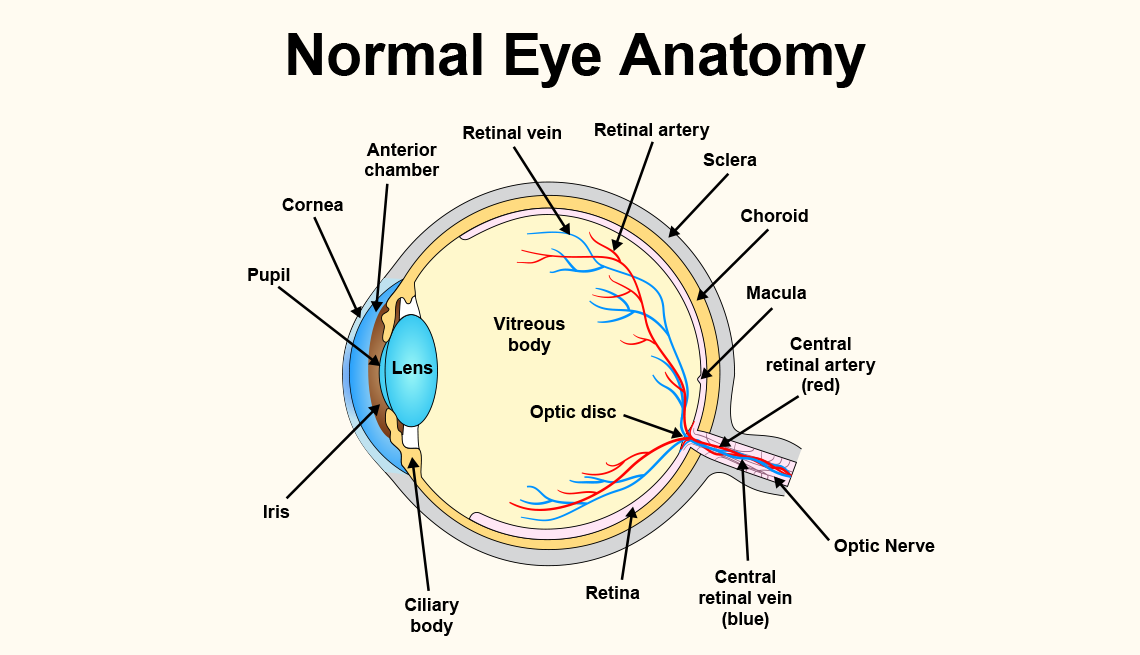AARP Hearing Center


It can be easy to dismiss changes to your eyesight as an inevitable fact of getting older. However, these changes can sometimes signify serious eye conditions that can lead to vision loss or even blindness, as well as reveal potentially dangerous health issues unrelated to sight. Getting regular eye exams can help to preserve your sight and detect diseases early.
At age 45, less than 1 percent of people are likely to have low vision, which means having impaired vision that may make everyday activities like reading and driving challenging and that cannot be fixed by standard means, including glasses, medication or eye surgery. By 75, that number jumps to nearly 5 percent, and then to 15 percent by the age of 85. But losing your vision with age doesn’t have to be a foregone conclusion. Detection of low vision and other potential eye issues through a dilated eye exam can be key to getting an early diagnosis and treatment.
Eye exams can also help to diagnose conditions unrelated to sight — hypertension, high cholesterol, diabetes, aneurysms and even brain tumors — because doctors are able to directly see nerves and blood vessels in the eyes. According to the American Academy of Ophthalmology (AAO), problems found in the eye are often the first indicators of diseases that could be elsewhere in your body.
Read more on how often and why you should get a comprehensive vision exam.


Understanding eye parts and vision
While small, your eyeball is a complex structure with numerous parts working in sync to allow you to see.
Read more about eye parts and how your vision works, and take our quiz on eye anatomy.
When you should get an eye test
Recommendations for the frequency of eye exams for older adults vary slightly and depend on your age, overall health and risk factors for eye disease.
- The American Academy of Ophthalmology recommends that adults get a complete eye examination at age 40 (earlier if you have an eye disease or risk factors such as diabetes, high blood pressure or a family history of eye disease). After that exam, your eye care provider can tell you how often you should have your eyes checked in the future. If you are 65 or older, you should get your eyes checked every year or two, the group says.
- The American Optometric Association (AOA) recommends that people at low risk for eye problems get an exam at least every two years between the ages of 40 and 64 and annually at 65 or older.
- The National Institute on Aging has slightly different recommendations, advising that everyone over age 50 have an eye exam annually, or as recommended by their eye care provider, and every year or two after age 60.
More frequent eye exams than those noted above may be needed for people with certain risk factors. These include people who:
- Are of Black, Native American or Hispanic descent
- Are overweight or obese (a body mass index [BMI] of 30 or more)
- Have health conditions, such as diabetes or high blood pressure, that can cause eye issues or vision loss
- Have a family history of eye disease
- Wear contact lenses or glasses
- Have a history of eye surgery, an eye injury or previous eye damage from conditions such as strokes
It’s important to talk with your doctor or eye care professional to find out the best examination schedule for you.
Common eye disorders and diseases
A full eye exam can help diagnose numerous eye conditions and diseases that can cause vision loss and even blindness. These include:
- Cataracts, where the eye lens can begin to cloud and impact your vision.
- Diabetic retinopathy, a condition that causes damage to the blood vessels in the back of your eye.
- Glaucoma, which is caused by fluid that builds up in the front of your eye, increases pressure and damages your optic nerve, which is the connection that allows your eyes to send signals to your brain.
- Age-related macular degeneration, a progressive eye disease that affects the central vision and the ability to do such everyday tasks as driving, reading or watching TV.
- Presbyopia. According to the American Optometric Association, this normal change in the eyes’ focusing ability develops between the ages of 41 and 60 and continues to progress over time. It can be fixed with prescription glasses, contact lenses or reading glasses.
Read more on the top 11 age-related eye problems.



































































More From AARP
6 Best Vitamins for Eye Health
Find out which nutrients are essential for protecting vision
Should You Exercise Your Eyes?
What experts say about vision therapyHow to Protect Your Vision
21 ways to take charge of your eye healthRecommended for You